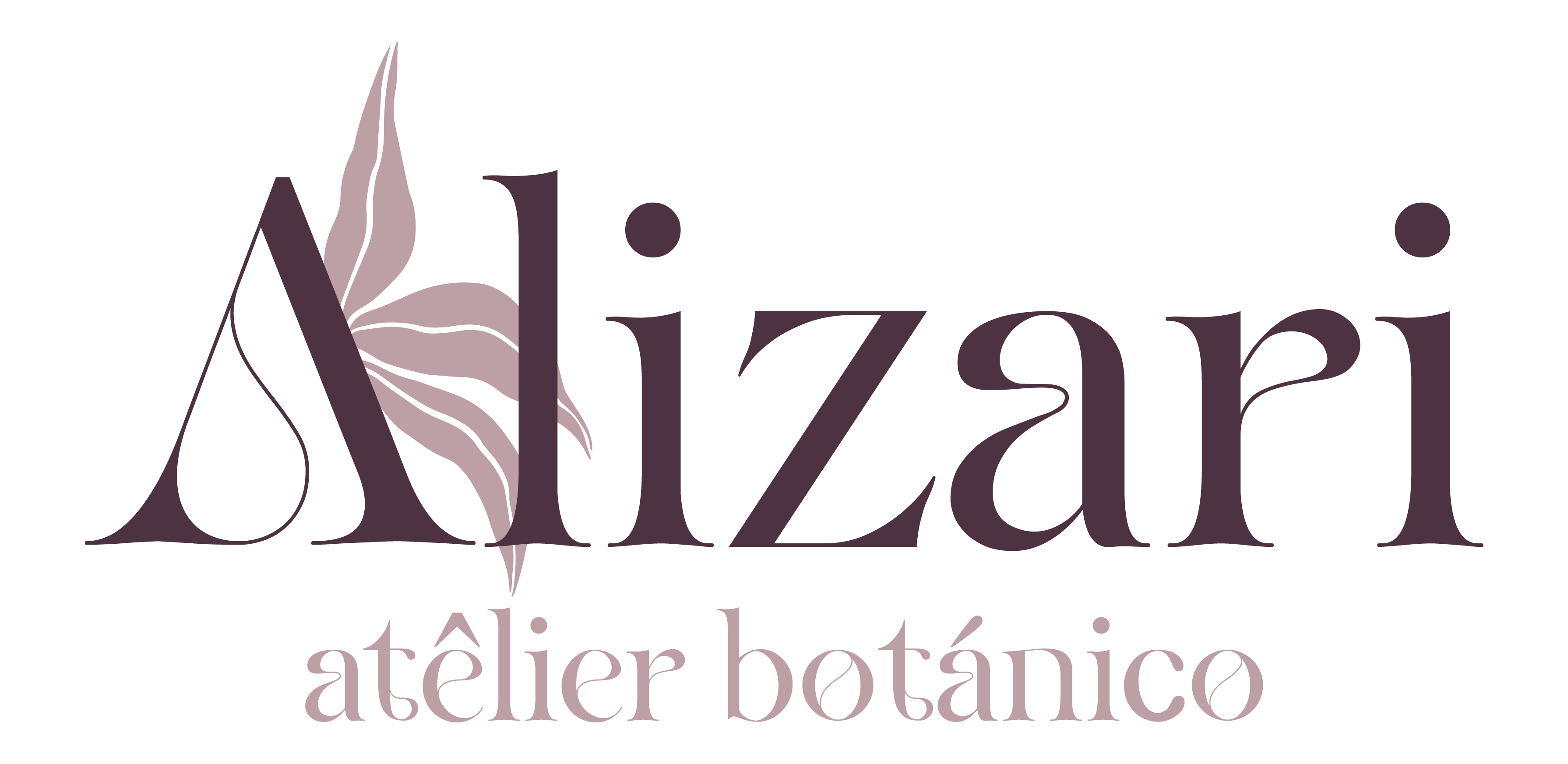About natural dyes




All the colours on our fabrics come from natural sources. Most of them come from what I grow in my dye garden, many others are collected in nature and a few are from specialised suppliers.
For me it is very important to promote the use of dye sources that come from the botanical resources of my area. Knowing, studying, experimenting and recording processes and results is part of my daily routine. A process that adds value to the local flora.

So is the revival of the cultivation and use of traditional dye plant species that have been used for centuries and have fallen into oblivion with the emergence of synthetic dyes. This is where biology, ecology, chemistry, agronomy and history come together. Natural dyes have been around longer than synthetic dyes, thus for many centuries all people's clothes and textiles have been dyed exclusively with natural colours. Imagine to what extend the cultivation and trading of dye plant species was determinant.




Not to mention that not everyone had access to wear the colour they wanted. Some colours were so expensive to produce that they were only intended for kings and high officials. Nowadays, many of these colours are still associated with the monarchy or the church. In fact those with less purchasing power, who could not afford to pay for a dyeing service, had to wear in white.
This leads me to explain that natural dyes can only be used on natural fibres, and this is explained by the molecular structure of synthetic and natural fibres. Synthetic fibres simply do not have compatible bonds at the molecular level with the natural dye molecules, so it is impossible for both to form stable bridges or bonds. Therefore, all the fibres I work with are natural, i.e. they are either protein fibres (come from animals: wool, silk, alpaca, mohair, etc.) or cellulosic fibres (come from plants: cotton, flax, ramie, hemp, etc.).


The process


Scouring
The first thing I do is to scour the fabrics properly, a step that seems routine but is very important. Natural fibres bring fats, pectins, waxes or impurities that need to be removed effectively to obtain a good dye result.
Mordanting
Next step is mordanting. Mordants are metallic salts that form stable bonds with both the fibre and the dye molecules. They are like a bridge that link both parts, because in general, natural dyes do not have a great affinity for natural fibres (and even less for cellulosic fibres), so we have to prepare the fabrics with mordants so the dyes can adhere to the fabric. There are several metallic salts that can be used for mordanting and the mordant choice is an important element of creativity, as the type of mordant defines the final color of the piece.
Dyeing & Printing
